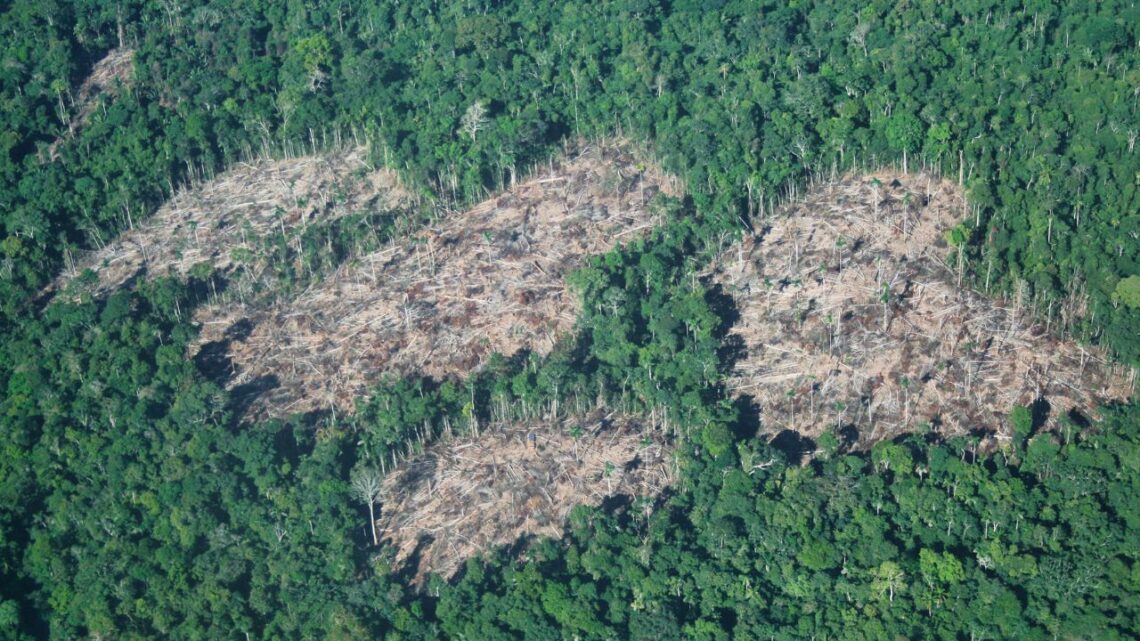Peru is facing a serious change. The government is trying to remove protections for Indigenous peoples and their lands.
Critics say these changes could cause big harm—not just to the environment, but to human rights. In this article, I’ll explain what is happening, why it worries many people, and what the possible consequences might be.
What Are the Proposed Changes?
Looser Rules for Resources in Protected Areas
Peru Plans: One group of laws being discussed would make it easier to do oil drilling, mining, fishing, and agriculture even inside or near protected natural areas. The idea is that the government could decide a project is “in the national interest,” and then it could override environmental safeguards.
Under these changes, creating new protected areas would require approval not only from the Ministry of Environment but also from the Ministry of Energy and Mines.
Weakening Protection for Isolated Indigenous Groups (PIACI)
Another proposed law deals with PIACI—Indigenous groups living in isolation or just recently in contact with the outside world. This law would:
- Let Congress review and possibly strip PIACI protections every two years
- Make it easier to remove land reserves that were created for such groups
- Force reclassification of PIACI lands based on political or economic goals
Critics say this allows the government to undo the rights these groups have fought hard to get.
Why These Moves Are Dangerous
Threat to Indigenous Rights
Many Indigenous organizations view these reforms as a form of cultural and environmental extermination. They say the government is favoring corporate interests over people’s rights.
“We reject these violations of human rights, and the oppressive policies that favor illegal economies,” said AIDESEP, which represents many Indigenous communities in Peru.
Loss of Land and Culture
Turning over protected land to oil, mining, and agriculture could:
- Displace Indigenous communities
- Destroy sacred lands, forests, and biodiversity
- Break their way of life, traditions, spiritual bonds to the land
Economic Promises vs. Reality
The government argues that opening these lands will bring jobs, revenue, and less inequality. But critics warn:
- The benefits may go to big companies, not local people
- Environmental damage may outweigh short-term gains
- Longstanding rights may be lost forever
What Has Already Happened
- In September, a reserve for uncontacted tribes called Yavarí Mirim failed to be approved. If it had passed, it would have protected 1.17 million hectares of land for several Indigenous groups.
- The representative behind the PIACI-review bill even denied that isolated peoples exist in some regions, calling protections a “pretext” to block development.
- Recently, Peru’s Congress removed former President Dina Boluarte and replaced her with José Enrique Jerí Oré. But this change doesn’t directly affect the legislation about Indigenous protection.
- Indigenous groups, through AIDESEP, asked major international funders (like the World Bank, and climate funds from Norway, the U.S., Germany, U.K.) to pause funding unless Peru strengthens protections instead of weakening them.
Key Differences in the Proposed Laws
Here is a simple table comparing the current protections vs. the proposed changes:
| Feature / Issue | Current Protections | Proposed Changes |
|---|---|---|
| Resource Use in Protected Areas | Strict restrictions | Easier approval for oil, mining, agriculture |
| Creation of New Protected Areas | Decided by Ministry of Environment | Also needs approval from Energy & Mines |
| PIACI Land Protection | Stable status & hard to remove | Congress can review and remove every 2 years |
| Creation of New PIACI Reserves | Based on studies, permanent | Subject to political override |
| Role of Congress | Limited in land decisions | Bigger power to strip protections |
The Battle Over Money, Power, and Rights
At its core, this fight is about who controls land and resources. The government is leaning toward economic growth and resource extraction as a priority. But Indigenous groups, environmentalists, and human rights advocates say rights, culture, and conservation must come first.
International funding bodies have some power here. By conditioning their money on strong protections, they might influence Peru’s decisions.
Peru is at a crossroads. The decisions made now can either protect Indigenous communities and nature, or open the door to their damage and dispossession. The proposed laws would weaken protections for lands and people, putting vulnerable groups at serious risk.
The debate shows how power, economics, and human rights clash when land and resources are involved. It’s a fight not just for Peru’s Indigenous peoples but for the future of its ecosystems and moral direction.
